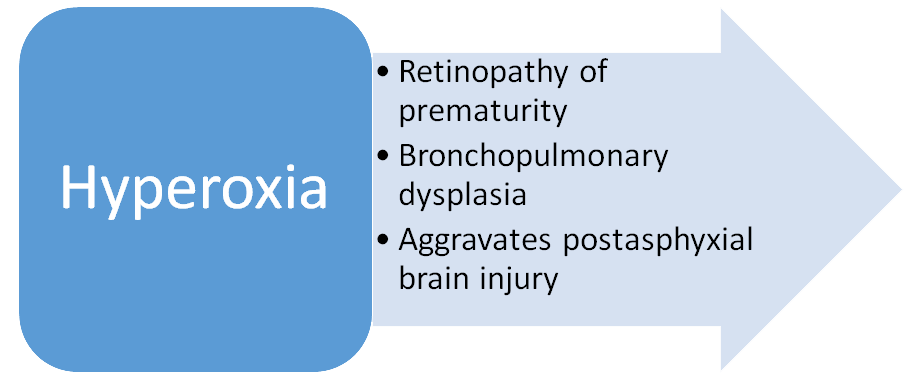Oxygen and its basic concepts
- Introduction...
- 1. Learning object...
- 2. Oxygen...
- 3. Oxygen- its rol...
- 4. Oxygenation- Ho...
- 5. Hypoxia & Hyper...
- 6. Effects of hypo...
- 7. Effects of hype...
- 8. Monitoring oxyg...
- 9. Key messages...
 |
 |
Introduction
DR. N. CHANDRA KUMAR NATRAJAN
MD, DM (Neonatology)
Consultant Neonatologist
Cloudnine Hospital
Chennai
1. Learning objectives
► What is oxygen? What is its role in body function?
► What is hypoxia and hyperoxia?
► What are the harms / potential toxicities of hypoxia
and hyperoxia?
2. Oxygen
► Oxygen, expressed as O2, is a colorless, odorless gas
► Oxygen is available to us from atmospheric air
► Normal concentration in air - 21%
► O2 is absorbed in to our body from the air we breathe in
3. Oxygen- its role in normal body function
► Essential for functioning of each and every cell of the body
► Energy synthesis (ATP)- cellular respiration
► This energy is required for normal functioning of the cell
♦ Synthesis of structural proteins
♦ Synthesis of functional proteins
♦ Other metabolic reactions
► Lack of oxygen- depletion of energy- CELL DEATH
4. Oxygenation- How to measure?
► Oxygen delivered is expressed as FiO2
► Oxygen is transported
♦ Bound to hemoglobin
♦ As dissolved oxygen
► Oxygenation can be expressed as
♦ PaO2 (partial pressure of oxygen)- Pressure exerted by
dissolved oxygen
♦ SpO2 (% saturation of oxygen)-% of Hb totally bound to
oxygen
5. Hypoxia & Hyperoxia
► Hypoxia and hyperoxia are terms used to describe low or
high levels of oxygen
► Based on PaO2:
♦ Normal PaO2: 50-70 mm Hg
♦ Hypoxia: PO2 <50 mmHg from arterial blood sample
♦ Hyperoxia: PO2 >70 mmHg
► Based on SpO2:
♦ Normal saturation targets: 90-95%
♦ Hypoxia: <90%
♦ Hyperoxia: >95%
6. Effects of hypoxia


7. Effects of hyperoxia

8. Monitoring oxygen status
► Clinical identification - Not possible
► Continuous monitoring with pulse - Oximeter is essential
► At higher oxygen saturation ranges SpO2 is not reliable
– Fails to detect hyperoxia
► Desired oxygen saturation target is 90-95%
9. Key messages
► Oxygen is essential for normal function of the body
► Both hypoxia and hyperoxia are harmful to preterm babies
► Monitoring by pulse oximetry is essential
► Maintaining optimal oxygen saturation targets is essential
to prevent harmful effects of hypoxia or hyperoxia
